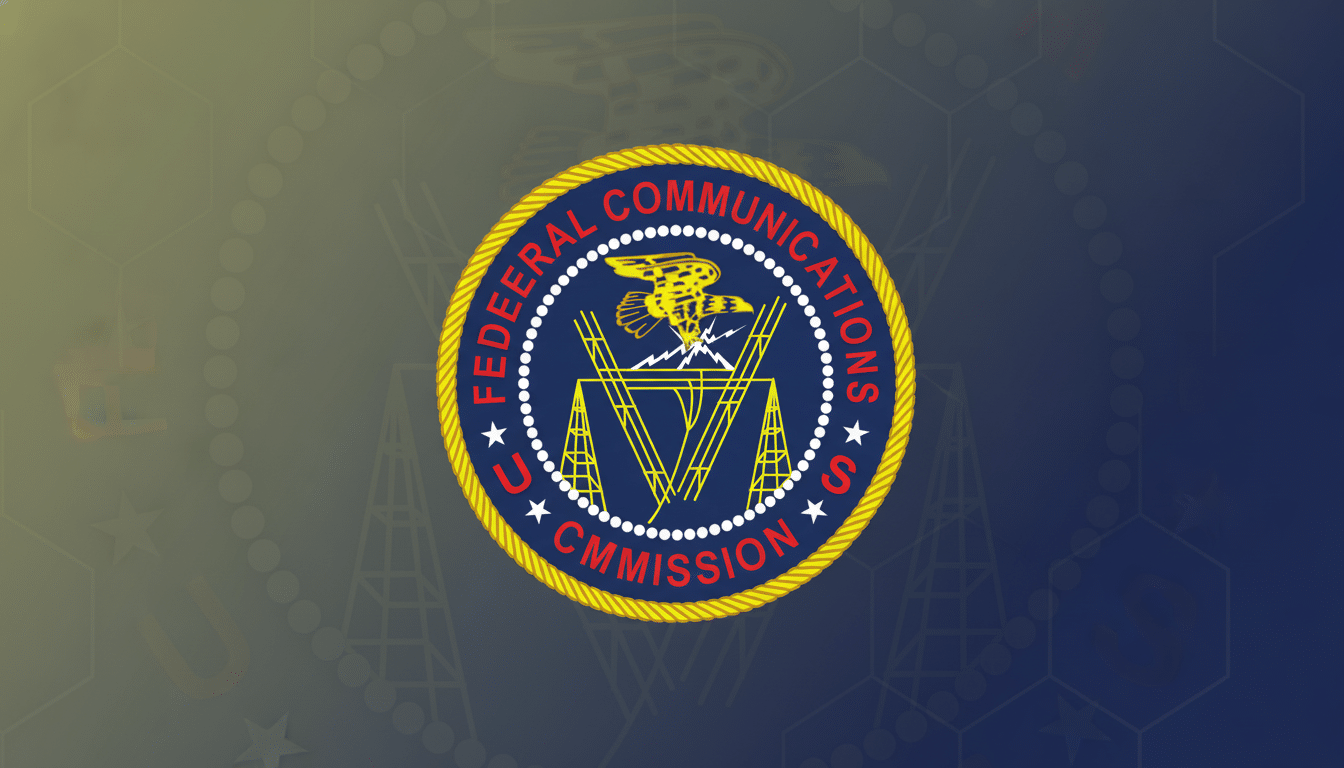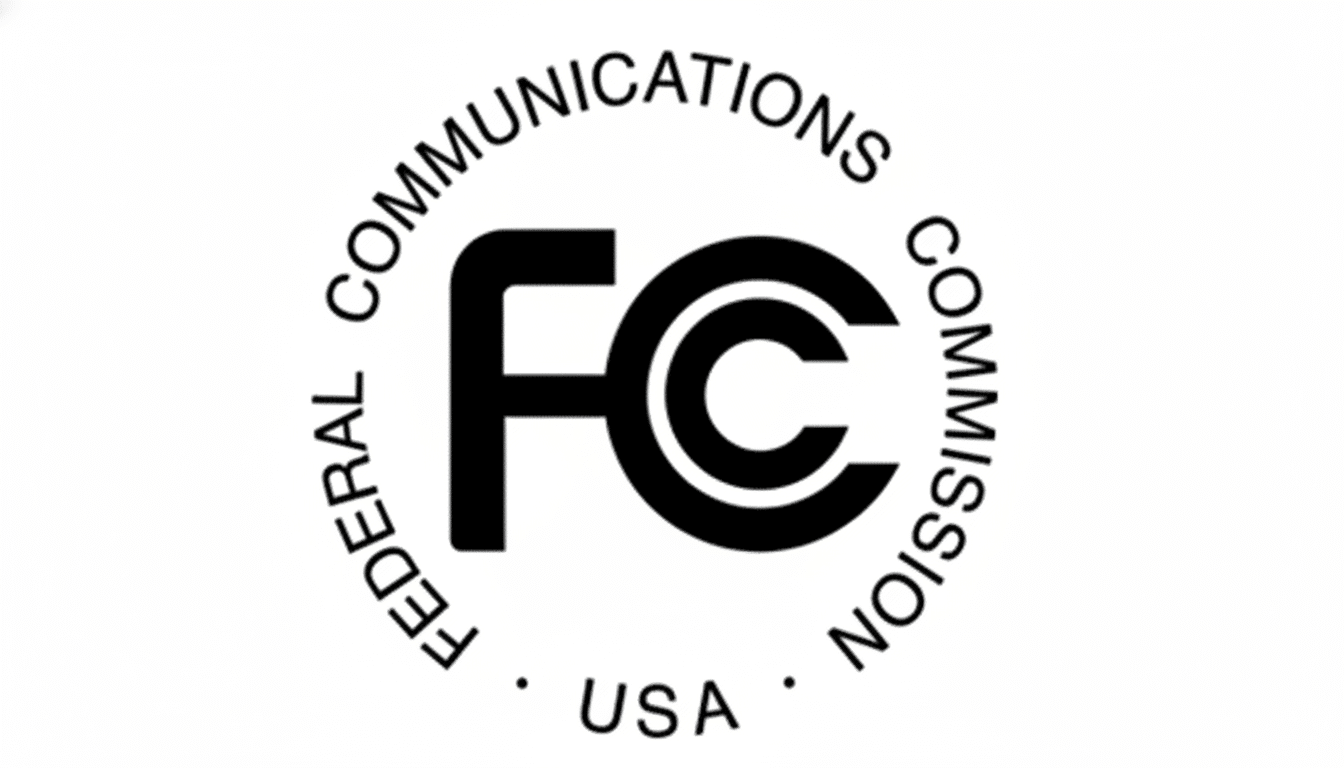The Federal Communications Commission is considering changes to broadband “nutrition” labels that could gut consumer protections just months after they began taking effect. A draft of the proposal that has been described to industry watchers would reduce the amount that internet providers, such as AT&T and Verizon, are required to reveal about billing practices and how they break out for consumers one-time fees from prices on regular bills — reopening a door to opaque billing practices that the labels were intended to stamp out, some advocates warn.
What the FCC Is Proposing for Broadband Labels
Under the framework described in a draft seen by POLITICO, the FCC would allow providers to exclude or minimize some add-on charges, ease requirements for displaying labels across all sales channels and reduce obligations to archive labels and make them readily accessible. It also wants comment on scrapping multilingual display requirements and “streamlining” other provisions that are considered burdensome — vague language that could enable broad carve-outs.

Practically, that could mean fewer itemized disclosures of equipment rental fees, early termination charges or data-cap overages; more unreliable access to a plan’s label when signing up by phone; and shorter retention of past labels — which makes auditing price increases more difficult for watchdogs and consumers alike.
Why These Broadband Labels Exist and What They Cover
Congress, under the infrastructure law, instructed the FCC to devise uniform broadband labels, and the agency finished detailed regulations ordering providers to show consumers an easy-to-understand box listing a monthly price; taxes and fees; average speeds and latency (the time it takes for data to travel from one point in a network to another); and data caps. The mission is a parallel to food nutrition labeling: aid people in comparing offers without delay, as well as sidestep “drip pricing” surprises.
Consumer Reports has consistently found that add-on broadband fees can tack on $10 to $20 a month to a bill, and equipment rentals tend to cost around $14 each month. The White House has said that the so-called junk fees across markets cost Americans tens of billions every year. Labels were supposed to help bring those costs into the light so shoppers could make apples-to-apples choices.
The Consumer Effect of Smaller Rules on Broadband Labels
Pausing such disclosures would make it more difficult for consumers to shop around at a time when more households are feeling the pinch of affordability after a major broadband benefit program wound down. If a break-out of router rental or network surcharge is no longer so clearly itemized, the headline price seems lower while the total monthly bill rises — precisely the opacity that those labels were supposed to clear up.
More lax standards for phone sales are particularly significant. Still, thousands of households, including many seniors and rural customers, continue to order service by telephone. Unless agents must read the entire label, with fees, contract terms and data limits included, customers are likely to find bigger first bills than expected. Diminished multilingual duties may also disproportionately disadvantage substantial numbers of individuals who already confront challenges in access to transparent information.

The archive requirement matters, too. Public records about old labels let researchers and state attorneys general trace price drift, document new fees and hold providers to account. Without that paper trail, enforcement is more difficult and it’s easier to obscure patterns in drip pricing.
What Industry Says and What Advocates Say About Labels
Providers say the labeling system is cumbersome, expensive to maintain across hundreds of localized plans and locks in straitjacket-like information that’s already on websites. Trade groups like USTelecom often cite studies indicating that price-per-megabit has fallen over the last decade and make the case that fewer administrative obstacles divert money to network building.
Consumer advocates argue that real-world bills have not gotten any easier, and that the cost of compliance is minimal compared with the benefit of clear, uniform pricing. Public Knowledge and Free Press are among the organizations lauding the labels as one of few tools to cut through cellular industry confusion at point of sale. They also say that price-per-megabit doesn’t matter to families who just want to be able to predict their monthly bill without the shock of surprise add-ons.
The Road Ahead for the FCC’s Broadband Label Rules
The FCC process is open to public comment before changes become official. Anticipate strong filings from consumer groups, state regulators and providers. Commissioner Brendan Carr has publicly called for re-evaluating the labels, and other commissioners have pushed back against his efforts to weaken them with strong transparency requirements, signaling a probable divide over how much to “streamline.”
Even if federal regulations are relaxed, state-level laws limiting the practice that target drip pricing, such as recent rules to advertise all-in prices, could keep pressure on providers to show the full cost up front. But without a robust national standard, consumers could find themselves grappling with uneven practices again.
The broadband label is straightforward, well-understood, and effective in large part because it is hard to hide behind. Erode it and you take the consumer back to a market where the true cost of internet service is hidden until their first bill arrives. That’s not empowerment — that’s the opposite.

